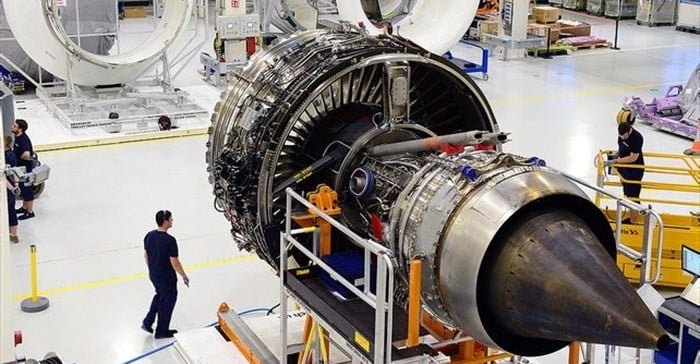
The Trent XWB is said to be the world’s most efficient large aero engine:
Eric Schulz, Rolls-Royce, president – civil aerospace, said: “A repeat order from Ethiopian is a huge testament to the performance of our engines in service. We look forward to continuing to deliver excellent efficiency to a customer that continues to bring the latest engine and aircraft technology into its fleet.”
At the beginning of the month, Rolls Royce also announced the opening of its new engine services Airline Aircraft Availability Centre, combining the latest in digital data management and technology innovation.
The centre will see Rolls-Royce take its digital capability much further as engine data is transformed in terms of scale and scope – from kilobytes of data per flight to terabytes - allowing for even better, faster, services decisions to be made. It complements the company's global network of customer service centres, created to work locally with customers, by providing in-depth expertise.
It will also be a hub for the introduction of new technologies. For example, a new real-time collaboration system lets engineers working on engines around the world share live pictures from inside an engine with the team at the centre, and receive their advice on the next steps to take. In addition, “remote surgery” techniques, will let experts at the centre carry out complex engineering tasks on the engine by remote control.